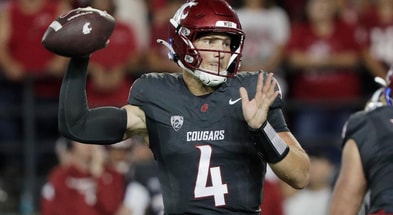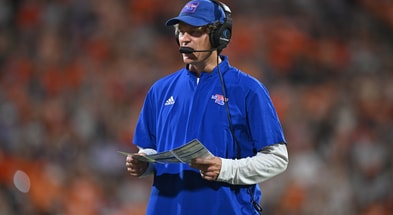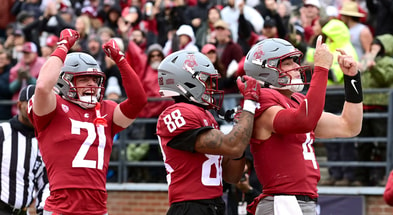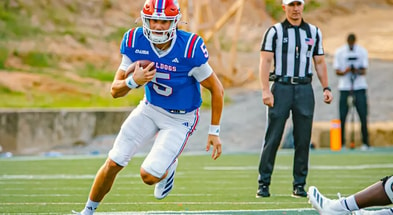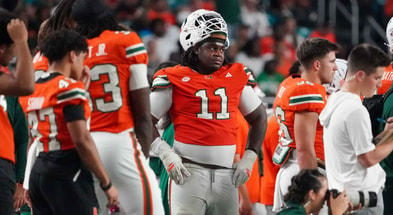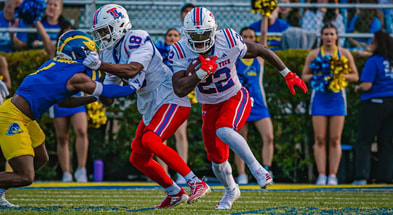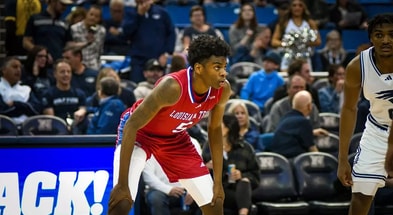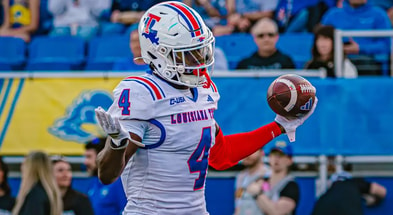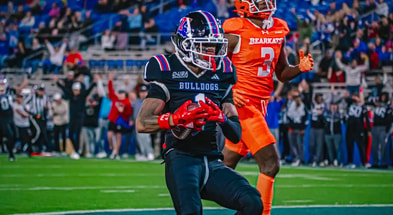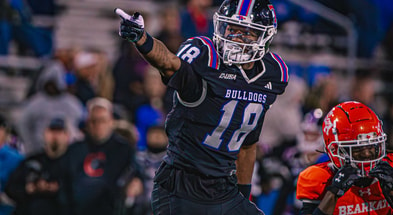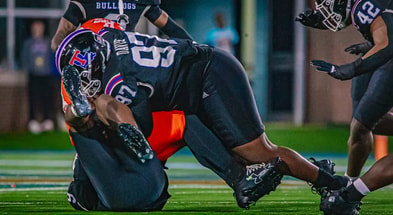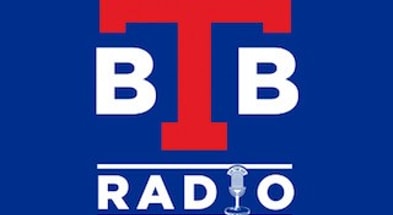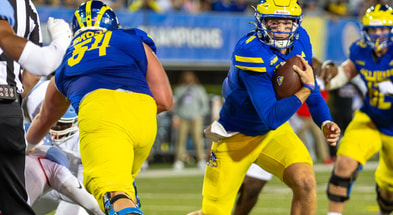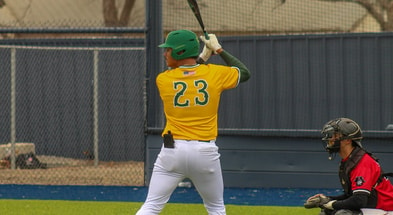Stat Attack - Washington State

Throughout this season, we’ve broken down some of the biggest advanced stat categories that define college football success, the so-called “Five Factors.” We’ve already talked about Success Rate, Explosiveness, Drive Finishing, and Turnovers. But the final factor can often be overlooked: Starting Field Position.
This week, that concept takes center stage as Tech prepares to face Washington State.
Defensive Starting Field Position measures where a defense begins its drives. In other words, how long of a field the opposing offense has to work with. Or, alternatively, how much room a defense has to bend before it breaks.
It’s a pretty simple concept on the surface. A drive starting at a team’s own 20-yard line is much harder to score on than one starting at their own 40. That 20-yard difference might not seem like much, but statistically, it’s massive.
In games where the average starting field position difference between two teams is 20 yards or more, the team with the better field position wins 97% of the time. Even when the margin is smaller, 6 to 10 yards, the team with the better field position still wins 78% of the time.
And that’s one of the many places where Washington State has been hurting:
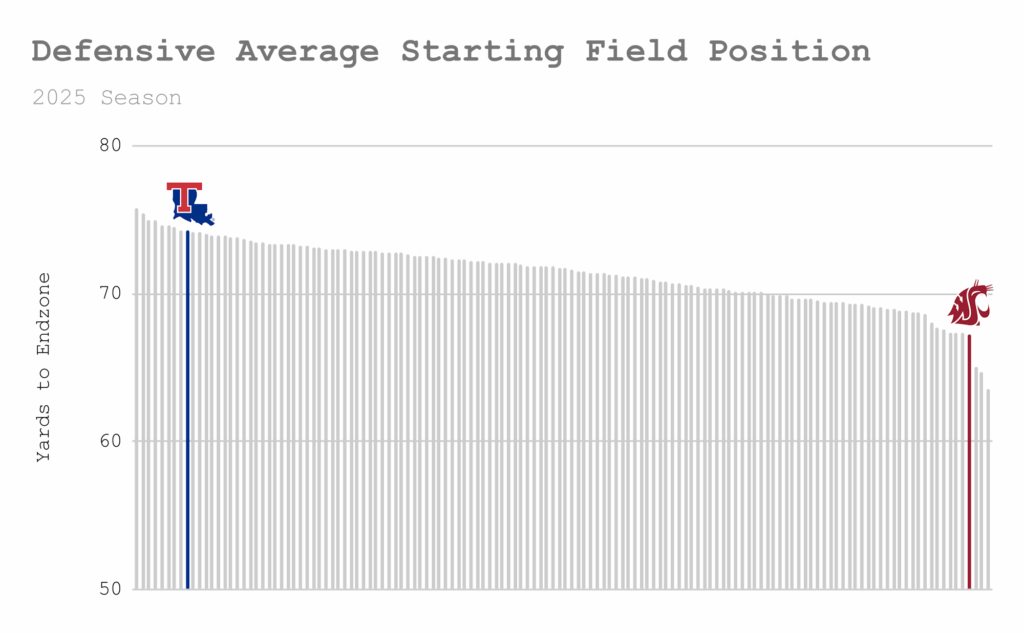
Of course, starting field position doesn’t happen in a vacuum. It’s influenced by several things, the most obvious being turnovers. Every interception or fumble changes the math, often giving the opposing offense a head start.
Washington State has struggled here, too. They rank 26th-worst nationally in turnovers committed, while Tech sits right around the middle of the pack:
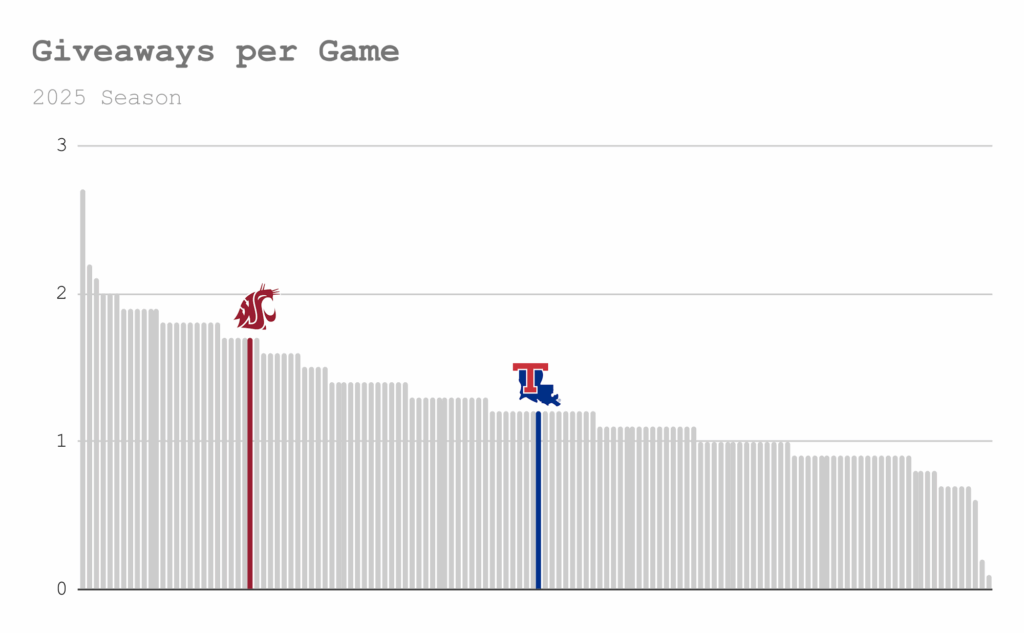
And even more concerning for the Cougars: they’re among the 11 worst teams in the country when it comes to interceptions.
That plays right into Tech’s strength. The defense has thrived on ball-hawking plays this season, turning takeaways into both momentum and points.
But turnovers aren’t the only way a defense gets the ball back. Forcing punts by shutting down third downs is the most common and reliable path to success.
And Washington State hasn’t done itself many favors here either:
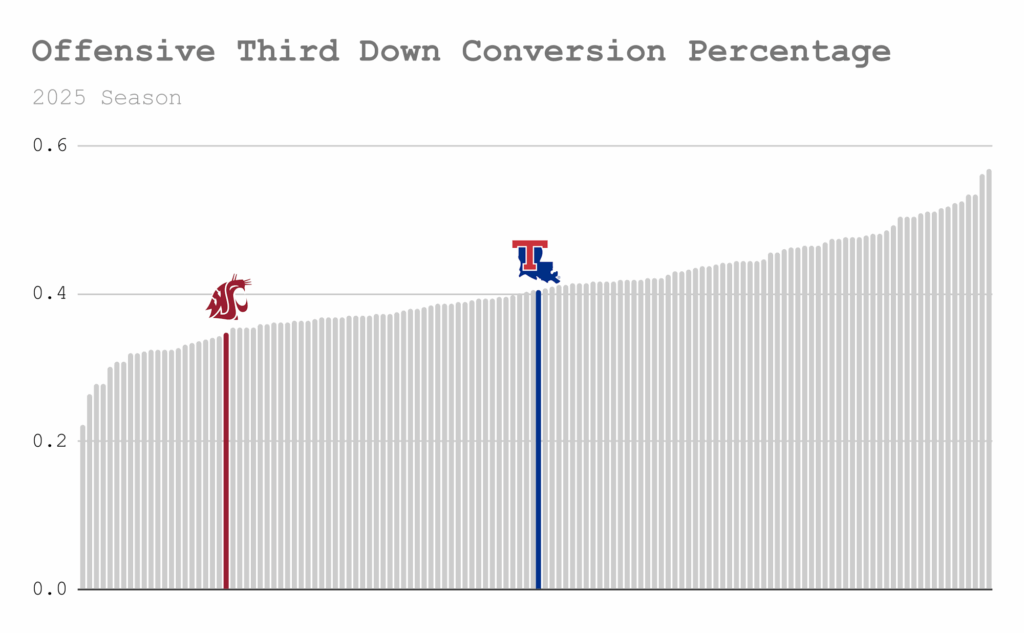
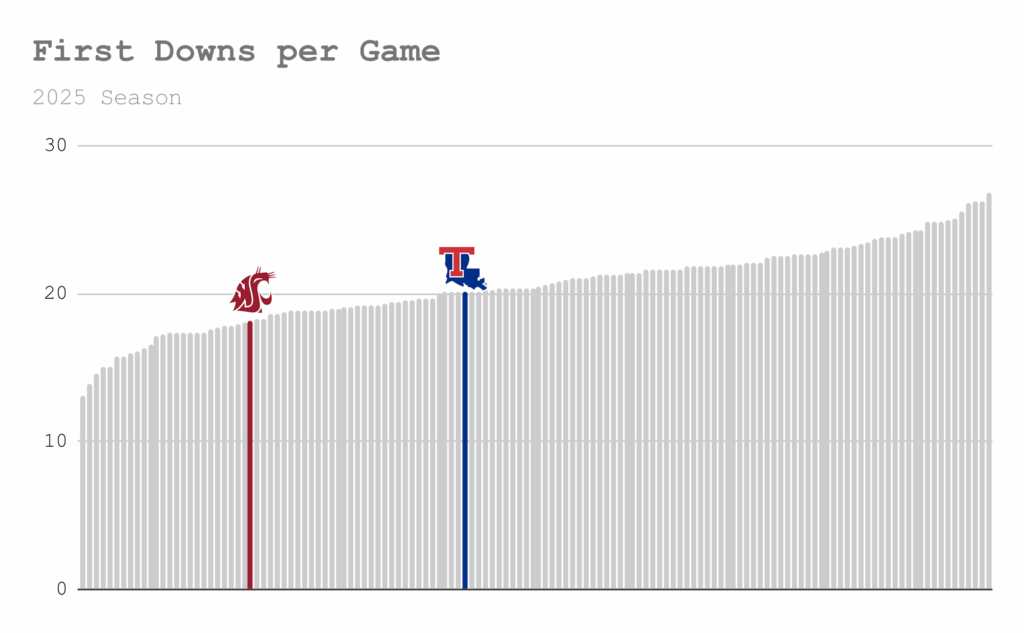
If a team can’t pick up first downs, they’re giving their opponent a short field to start their next drive.
The last variable in the field position equation is punting.
Tech’s punter, John Hoyet Chance, has been one of the unsung heroes of the season, consistently booming kicks to pin opponents deep. Washington State’s Ryan Harris has likely seen less fanfare:
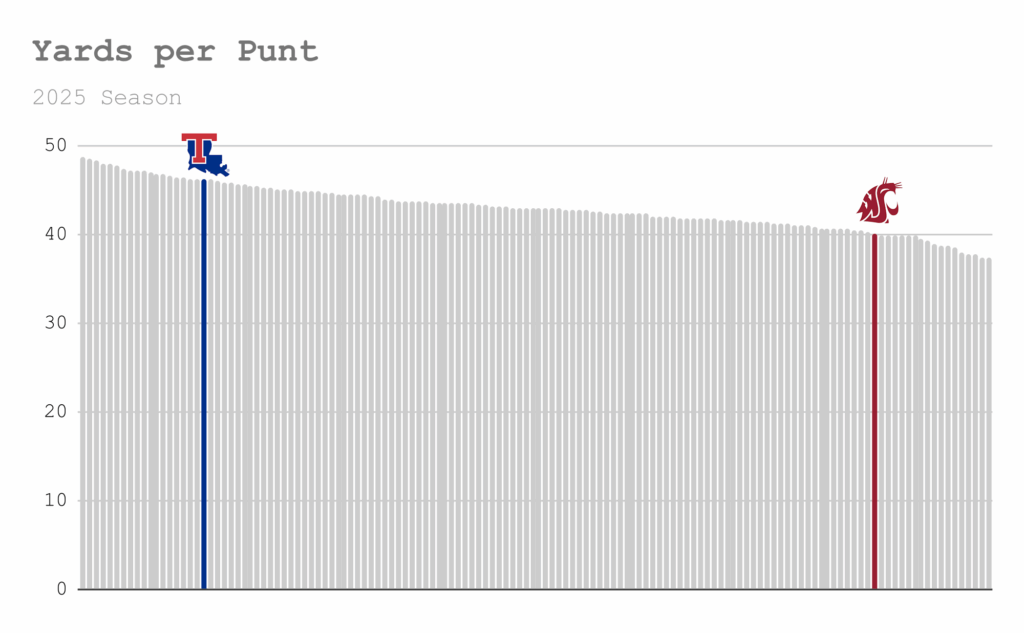
With punting and elsewhere, these differences feel small. After all, Tech is only averaging six more yards per punt than the Cougars. But these kinds of things add up over the course of a game.
The difference in average starting field position between these teams is equally small – about seven yards. But as it was mentioned before, that difference equates to about a 78% chance of winning the game.
So if these trends hold, the Bulldogs might still struggle with red zone scoring or long field goal attempts, but they could have the upper hand in one significant place: the field itself.
—
Nathan is also a contributor to gtpdd.dog, a lighthearted Louisiana Tech blog. Be sure to check out @gotechplsdntdie on Twitter.
